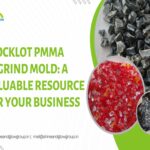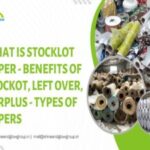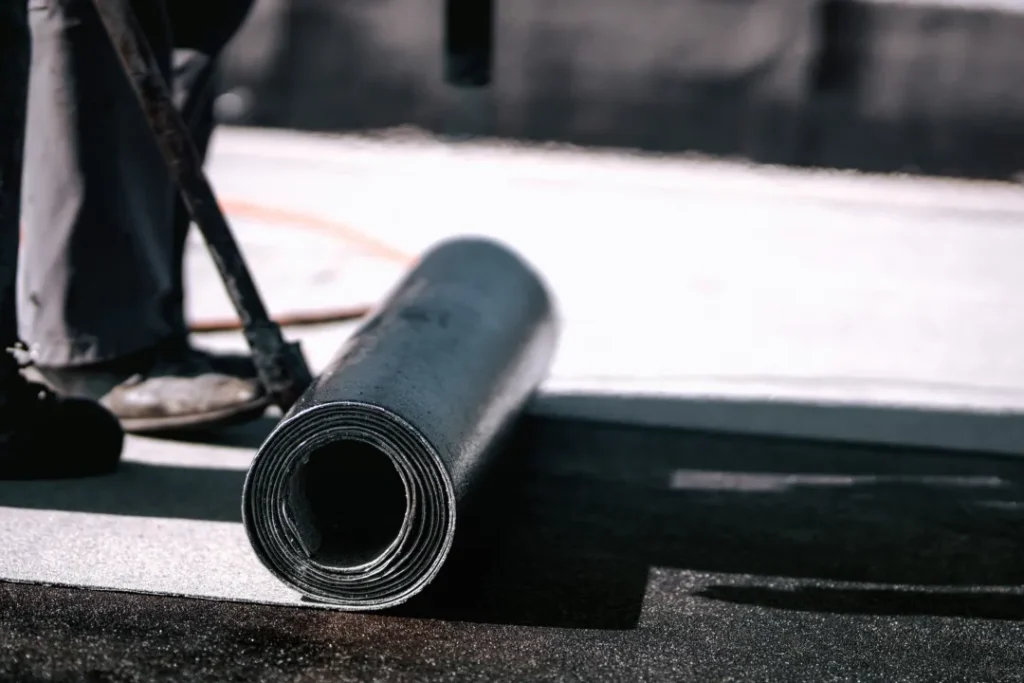
- What is an APP Waterproofing Membrane?
- Features of APP Membrane
- Exploring Different Types of Waterproofing Membranes
- Pros of APP Bitumen Membrane: Protecting Your Structure with Strength and Versatility
- Cons of APP Membrane: Considerations to Keep in Mind
- 6 Key Factors for Waterproofing Membrane Application
- Difference Between SBS and APP Membranes
- Application process
- FAQs (Frequently Asked Questions)
Waterproofing membranes play a vital role in safeguarding surfaces from the perils of leakage. The consequences of water penetration and leakage can be disastrous for any structure. Thankfully, there are effective solutions available to combat this issue. One such solution is waterproofing membranes, which act as a protective layer that can be applied on roofs, retaining walls, or basements. In this article, we’ll explore the world of waterproofing membranes, with a particular focus on the popular and highly useful APP waterproofing membrane.
What is an APP Waterproofing Membrane?
APP stands for Atactic Polypropylene. The APP membrane is a widely used waterproofing material for concrete roofs and low-slope roofs. It is applied to asphalts using a torch. However, its applications extend beyond roofs. Man-made ponds, bathrooms, water tanks, curtain walls, and concrete channels can all benefit from the protection provided by the APP waterproofing membrane. Contractors often prefer this durable material for its ability to effectively safeguard surfaces against leakage.
Features of APP Membrane


Terraces and roofs are particularly vulnerable to rainwater, greatly increasing the risk of leaks. The application of an APP waterproofing membrane offers an excellent barrier against water penetration, thanks to its impressive features. Let’s explore some of the key features that make APP membranes a popular choice for waterproofing applications:
1. High Tensile Strength: APP membranes are characterized by their high tensile strength, which refers to the amount of stress a material can withstand before breaking under tension.
2. 100% Impermeability: These membranes are completely impermeable, leaving no room for leaks after application on the chosen surface.
3. Weather Resistance: APP membranes are resistant to weathering, making them highly durable and capable of withstanding changing climatic conditions. This resilience is crucial for any effective waterproofing material.
4. Isotropic Properties: APP membranes’ isotropic properties ensure that the membrane’s materials do not change their properties in response to a change in direction. This stability is essential for maintaining the membrane’s effectiveness.
5. Seam Integrity and Outstanding Bondability: Another critical feature of the APP membrane is its seam integrity, ensuring a secure and reliable bond when applied.
6. Temperature Flexibility and Dimensional Stability: APP membranes offer flexibility at low temperatures and dimensional stability at high temperatures, allowing them to adapt to different environmental conditions.
7. Easy Application: Compared to other conditions, APP membranes are relatively easier to apply under hot-melt conditions.
Exploring Different Types of Waterproofing Membranes
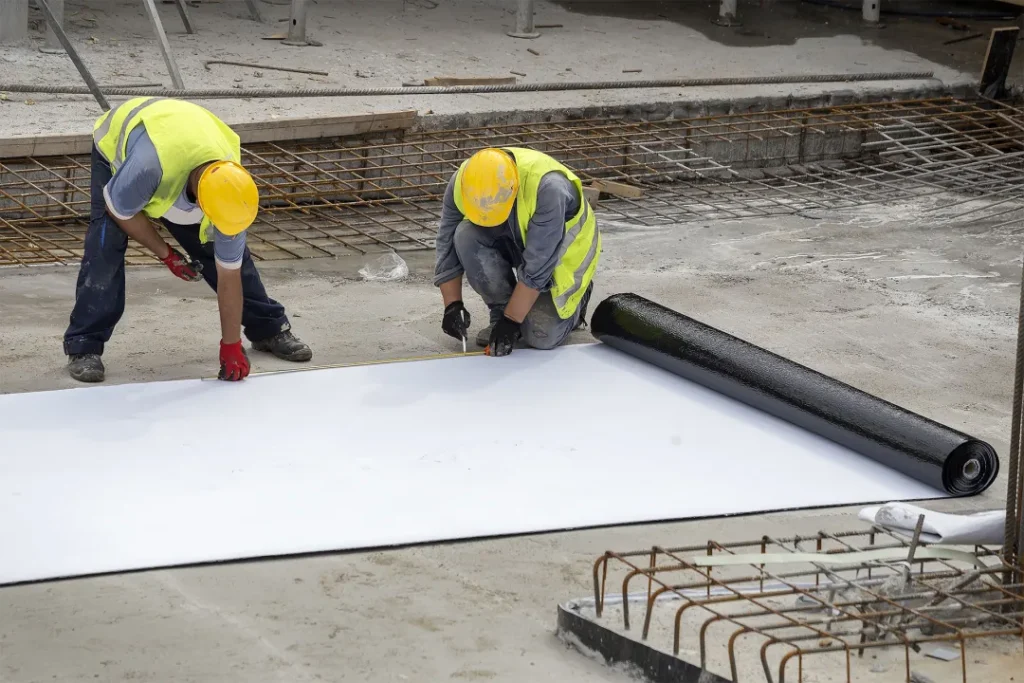
In addition to APP waterproofing membranes, there are several other types available, each with its own unique features, benefits, and applications. Let’s take a closer look at some of these options:
1. Self-Adhesive Modified Bituminous Membrane: These membranes are made of polymers, asphalt, and tackifiers. Fiberglass, polyester, or a combination of both materials are used to provide strength. A release film or paper protects the self-adhesive layer during installation, which can be discarded as needed.
2. Polymer-Modified Bitumen Membrane: Polymer-modified bitumen is a highly popular waterproofing material. It offers excellent flow resistance in hot conditions and effectively withstands atmospheric changes. These membranes feature a polymer film on both the top and bottom, making them suitable for use as an underlay in pitched roofs while resisting moisture diffusion.
Pros of APP Bitumen Membrane: Protecting Your Structure with Strength and Versatility
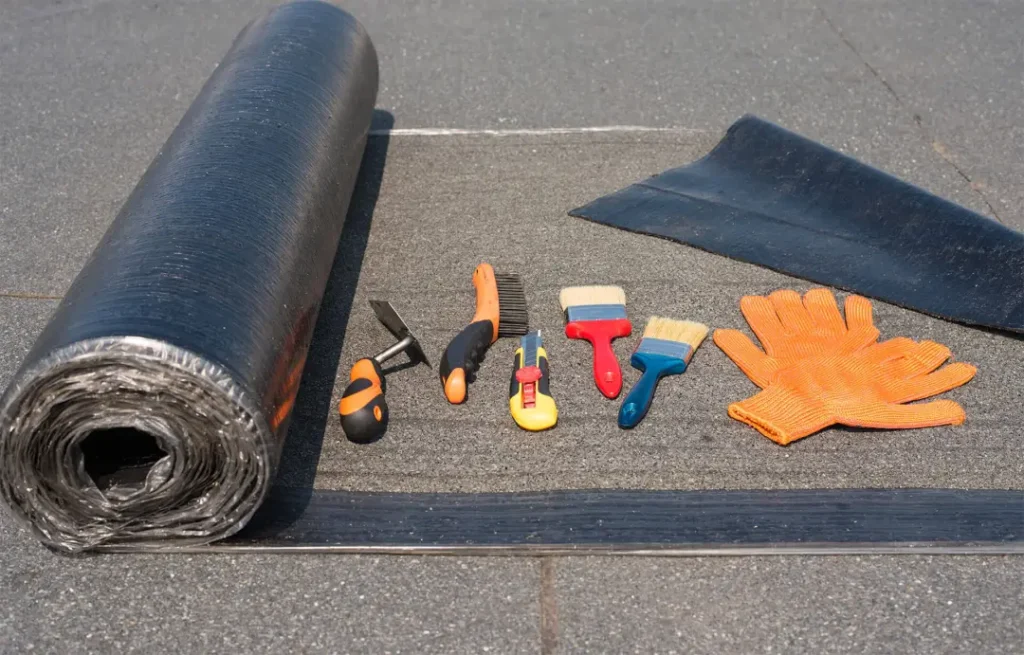
It’s no wonder that the APP bitumen membrane has been a popular choice for decades, considering the multitude of benefits it offers. When bitumen is modified with APP, it transforms into a robust and versatile waterproofing material. Let’s delve into some of the key advantages of using the APP membrane:
1. Seamless Protection: One of the standout features of APP membranes is their seamless nature, ensuring 100% protection against leaks. With no seams to worry about, you can have peace of mind knowing that your structure is safeguarded.
2. Excellent UV Resistance: The APP membrane excels in providing enhanced bitumen performance, with outstanding resistance to harmful UV rays. This UV resistance contributes to the longevity and durability of the waterproofing material.
3. Temperature Resilience: Rapid temperature changes have no effect on the efficiency of this waterproofing material. Whether it’s scorching heat or freezing cold, the APP bitumen membrane remains unaffected, maintaining its effectiveness in any climate.
4. Fire Resistance: It possesses fire-resistant properties, making it ideal for structures prioritizing fire safety.
5. Cold Area Suitability: The APP membrane performs well in cold areas, offering optimal protection against water ingress even in extremely low temperatures.
6. Flexibility for Enhanced Durability: The flexibility of the APP membrane allows it to withstand storms and harsh conditions without cracking or denting, contributing to its durability.
7. Warranty Protection: Many manufacturers offer warranties of 10-20 years for APP membranes, providing peace of mind and assurance.
8. Optimum Adhesion and Elasticity: The APP membrane has excellent adhesion and elasticity, making it suitable for protecting commercial buildings as it adheres securely to various surfaces.
Cons of APP Membrane: Considerations to Keep in Mind
While the APP waterproofing membrane boasts numerous advantages, it’s essential to be aware of some potential drawbacks. Here are a few cons to consider when using the APP membrane:
- Surface Compatibility: The APP waterproofing membrane may not work well with all surfaces. It’s important to ensure compatibility with your specific surface before proceeding with the application.
- Drainage System Requirement: To achieve effective performance, your roof must have a proper drainage system in place when using the APP membrane. Without adequate drainage, standing water can penetrate and degrade the membrane’s effectiveness.
- Not Recommended for Rooftop Patios: The APP waterproofing membrane is not recommended for use on rooftop patios. Alternative waterproofing solutions may be more suitable for such applications.
6 Key Factors for Waterproofing Membrane Application
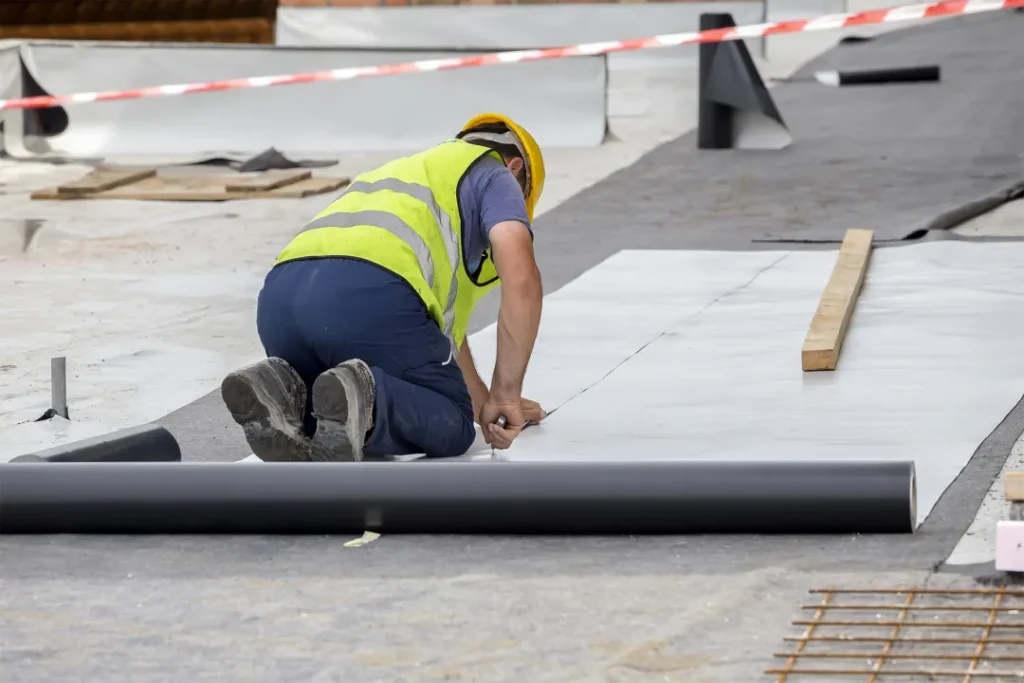
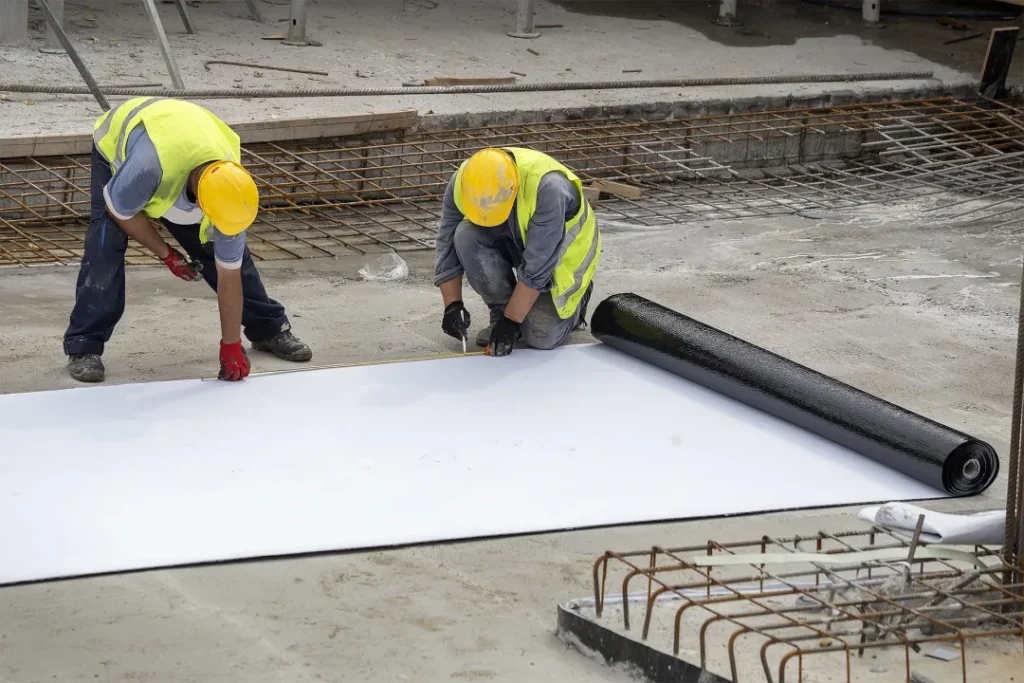
| Key Factors | Description |
|---|---|
| Surface Preparation | Thoroughly clean and prepare the surface before applying the membrane to ensure proper adhesion. |
| Proper Material Storage | Store the waterproofing membrane according to the manufacturer’s instructions to maintain its quality and performance. |
| Adhesive Application | Apply the adhesive or primer as recommended by the manufacturer to ensure a secure bond between the membrane and the surface. |
| Correct Membrane Placement | Carefully position and align the membrane on the surface, following the manufacturer’s guidelines. |
| Seam Sealing | Pay close attention to sealing the seams of the membrane to prevent water infiltration. |
| Quality Control and Inspection | Regularly inspect the application for any defects, such as punctures or gaps, and address them promptly to maintain the membrane’s effectiveness. |
Difference Between SBS and APP Membranes
SBS (Styrene-Butadiene-Styrene) and APP (Atactic Polypropylene) are both bitumen-modified waterproofing materials, but they have distinct differences. Here are some key points to help you understand the difference between the two:
| Property | SBS (Styrene-Butadiene-Styrene) | APP (Atactic Polypropylene) |
|---|---|---|
| Low-Temperature Flexibility | -22°F to -5°F | 14°F to 32°F |
| Softening Point | 230°F to 270°F | 245°F to 300°F |
| Elongation with Full Recovery | >1000% | 5-10% |
| Serviceability Range | -20°F to 270°F | 15°F to 300°F |
| Behavior at High Temperatures | Sticky when heated | Turns into free-flowing liquid above 300°F |
Application process
Before applying APP waterproofing, it is necessary to ensure that the surface is free of any oils or chemicals. It is recommended to use a primer on the application surface. A welding torch is used to maintain a 10 cm overtopping for joints and a 15 cm overtopping for ends. Using a trowel, the mineral stone that coats the surface of joints is heated, and the minerals are buried into the bituminous surface before the joints are welded together.
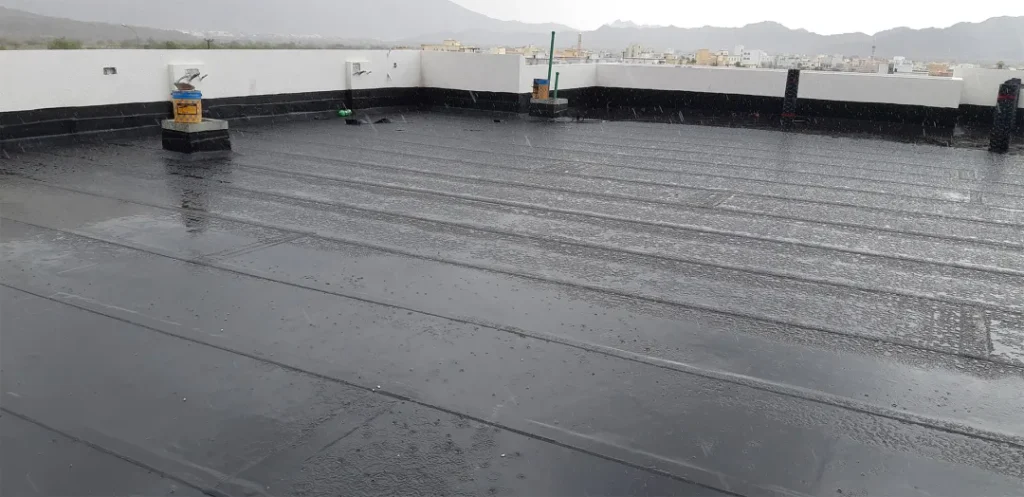
The membrane installation starts from the lowest point of the slope and progresses to the highest point. The substrate and underside are torched. When the shiny bitumen surface is exposed after heating the underside of the membrane, the membrane is rolled forward. It is pressed firmly against the substrate for superior bonding. Once the torching process of the membrane starts, it shouldn’t be lifted or shifted. The overlaps are then pressed into the seam with a trowel. While maintaining the side and end overlaps, a round-tip trowel is used to smoothen the bitumen produced at the seams. Special care should be taken to seal angles and abutments. The last step is to seal the edges into the grooves.
Shine and Glow Group is one of the pioneers in supplying and applying waterproofing systems with a rich experience of over 45 years. With a constant focus on innovation, we are deeply committed to providing products with the latest technologies in the waterproofing and construction industry. Get in touch with us today for superior products, great customer service, and exceptional workmanship for your waterproofing projects anywhere in India.
FAQs (Frequently Asked Questions)
Ethylene Propylene Diene Monomer (EPDM) rubber is a synthetic rubber known for its high tensile strength and resistance to tearing or cracking. Like thermoplastics, it’s also one of the most long-lasting materials you can use as a waterproof membrane, with a lifespan of at least 50 years.
Waterproofing Membranes Can Work, but They’re Not a Replacement for Proper Concrete Construction. There is no doubt that membranes can add good protection when needed. However, the system is prone to failure and excessive leaking if the concrete is not self-sustained and integrally waterproofed.
Membrane waterproofing is a method used to prevent the penetration of water through surfaces such as concrete, roofs, or foundations. It involves the application of a specialized waterproofing membrane, which acts as a barrier against water intrusion.
The lifespan of waterproofing membranes can vary depending on several factors, including the quality of the membrane, the installation method, and the environmental conditions. High-quality membranes, when properly maintained, can last for 10 to 20 years or more.
Read Also about Kraft Paper: The Sustainable Solution for Your Packaging and Crafting Need
Are you tired of using packaging materials that harm the environment? Well, look no further because kraft paper is here to save the day! This versatile and eco-friendly material has taken the packaging industry by storm and for good reason. Read More…

